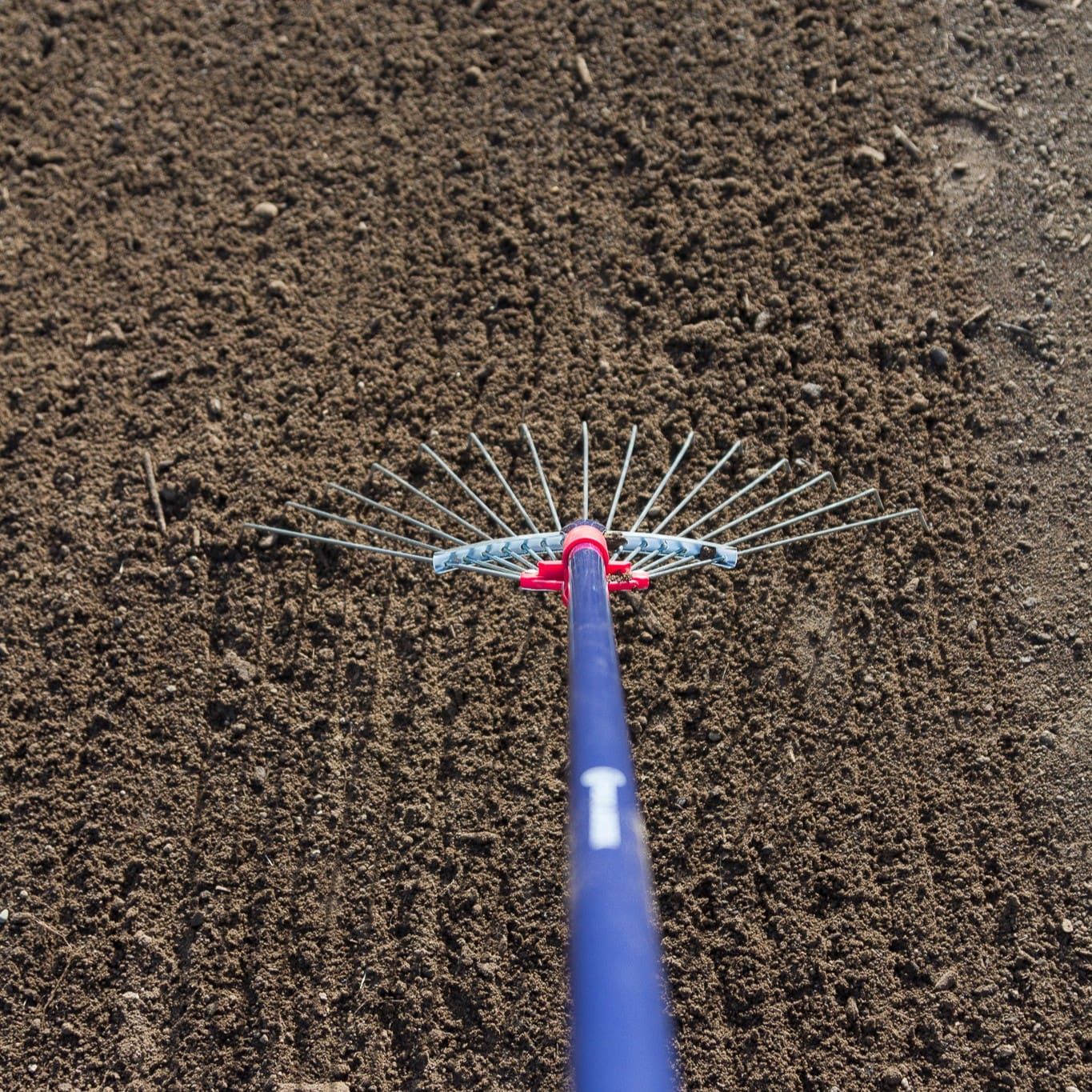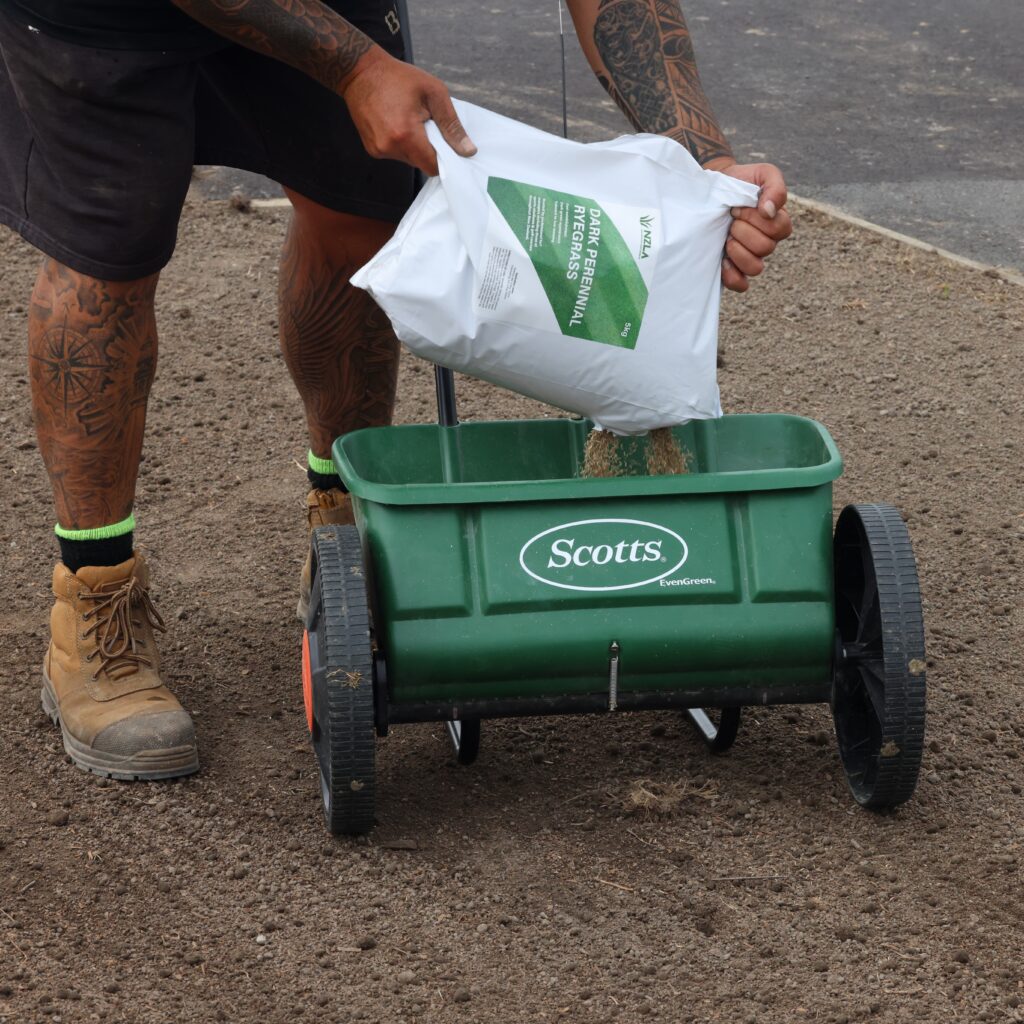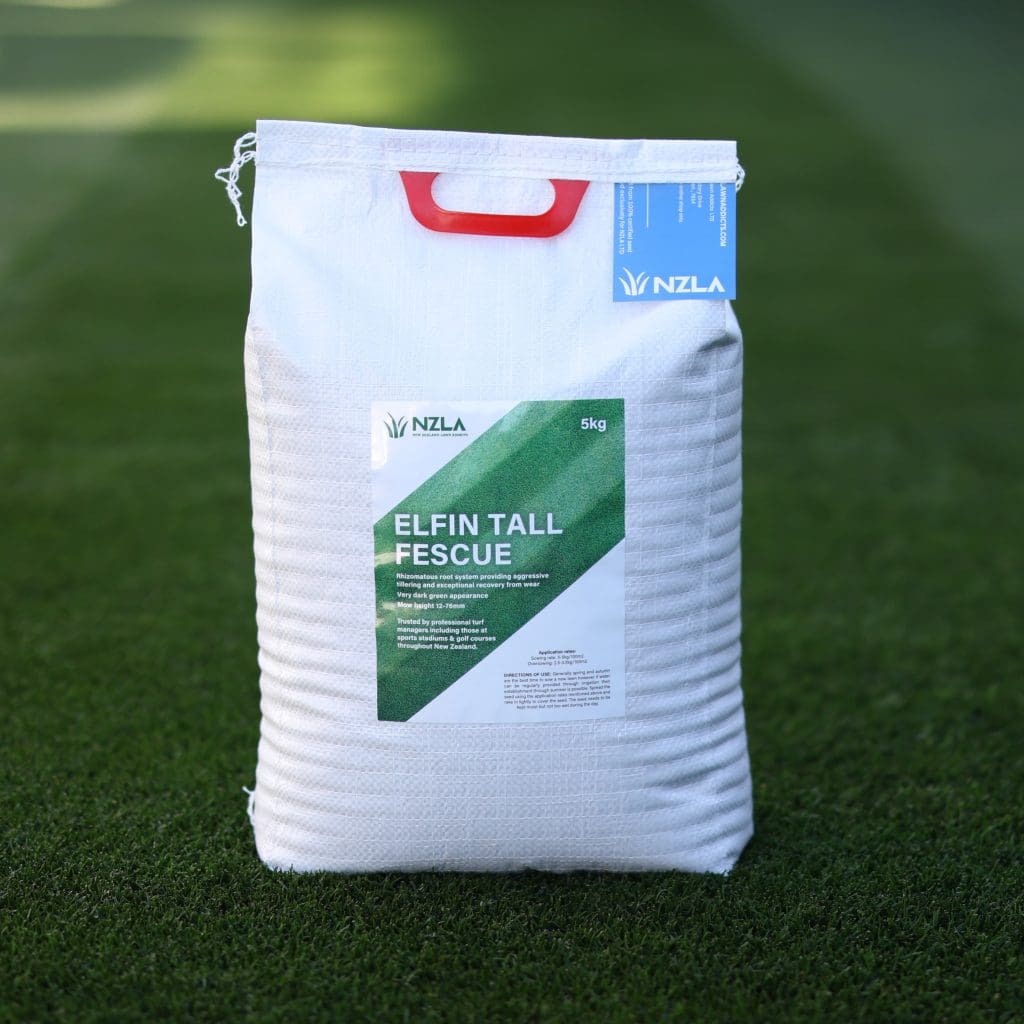Sowing Seed, Soil Temps & Irrigation
Home / Lawn Guides / Sowing Seed, Soil Temps & Irrigation

Sowing Seed, Soil Temps & Irrigation
We’ve been seeing a few common mistakes lately when it comes to sowing lawn seed, especially around when to sow and how to water. You may have landed here after chatting with Jonny about a poor strike rate. We’ve put this article together based on the most common issues we hear from customers who reach out with questions.
So, let’s break down what really matters, starting with the five types of seed we sell: Fine Fescue, Perennial Ryegrass, Tall Fescue, Kikuyu, and Couch. Whether you’re doing a full reno or just patching up a few bare spots, getting the basics right will give you a better take and a lawn that actually thrives.
Start With the Soil Temperature
Soil temperature is more important than air temperature when it comes to seed germination. What you feel on your face during the day isn’t what your seed feels down at root level. The gold standard in turf research is to measure soil temps at 10cm deep—so that’s what we’re working off here.
Here’s a rough guide to germination temps:
| Seed Type | Ideal Soil Temp (10cm) | Germination Time (approx.) |
|---|---|---|
| Fine Fescue | 12–18°C | 7–21 days |
| Perennial Ryegrass | 8–25°C | 5–14 days |
| Tall Fescue | 12–25°C | 7–21 days |
| Couch | 18–30°C | 10–21 days |
| Kikuyu | 20–30°C | 10–28 days |
The colder the soil, the slower the germination. Even if you're within the acceptable range, anything at the lower end will take noticeably longer—sometimes double the time you'd expect in warmer conditions.
👉 Pro tip: If your soil temp is too cold, your seed will just sit there doing nothing or worse, rot.
You can grab a cheap soil thermometer online or from your local garden centre. For the most reliable reading, take the temp mid-morning, about 10cm deep, in a shady part of the lawn. You can also visit this very useful website.
Watering: It's Not Just Once a Day
A quick splash once a day won’t cut it especially if it’s sunny or there’s a bit of wind around. Seed needs steady, reliable moisture while it’s getting started. Let the surface dry out, and you risk killing off those fresh little roots before they’ve even had a chance.
While it’s germinating:
Water lightly, but often. Aim for 3–4 quick waterings a day, just enough to keep the top couple of centimetres damp. You’re not trying to soak it; just stop it from drying out.
Once it’s up and growing:
Ease back on the frequency. Once a day is fine at first, then every second or third day as the roots dig deeper. At this stage, give it a longer drink—enough to reach down and encourage deeper root growth.
Hot Days: The Danger Zone
On hot or windy days, your top layer of soil can dry out really fast, sometimes in under an hour. That’s when seeds are most at risk. If the soil dries, the germ process can be interrupted or even reversed.
Here’s what we recommend:
Use short bursts of water every 45–60 minutes during peak heat
Set your irrigation to run for 2–3 minutes each time, just enough to keep the surface damp
The Wet Towel Trick:
Here’s a simple way to tell if you’re watering often enough:
Hang a wet towel on the line at the same time your irrigation starts. If the towel dries out before the next watering cycle, then your intervals are too long.
Yes, it’s that simple. And yes, it works.
Seasonal Irrigation Guidelines
Here’s a general guide, but always adjust based on weather, soil type, and seed type:
| Time of Year | Watering Frequency | Notes |
|---|---|---|
| Early Spring | 3–4x daily (germ stage) | Watch soil temp, especially mornings |
| Late Spring | 2–3x daily (then taper) | Soil holds warmth longer |
| Summer | Hourly light watering if needed | Key time for Couch & Kikuyu |
| Autumn | 3–4x daily | Ideal for Fescues & Ryegrass |
| Winter | Rarely needed | Too cold for most seeds to germinate |
Final Thoughts
Growing a lawn from seed isn’t difficult—it just takes consistency. Many people lose their seed to heat, dry conditions, or cold soil. When you understand what your grass needs and keep your watering routine steady, you’re already ahead of the game.
And if you’re ever unsure, just think like a towel: damp, not dripping, and never dry.


